Blog
CATEGORY: email-marketing
Email engagement is on the up – 7 more trends for 2022
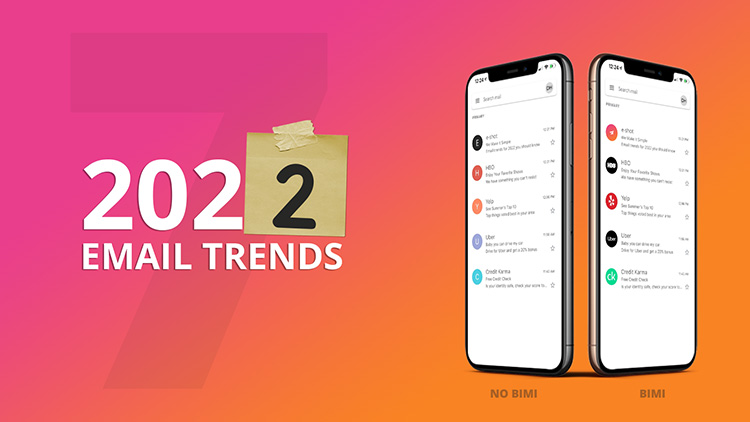
The last few years have changed us all. The way many of us work, now in virtual and hybrid environments. The impact of the digital world permeated and became a necessity for even the most reluctant. Email engagement blossomed and had an even more pivotal role. Higher audience expectations have become the new baseline. So what will this mean for email in 2022?
Email remains at the core of business marketing efforts, with 89% of marketers saying email marketing is their primary strategy. Email marketing has continued to defy its critics providing an array of benefits to marketers, from building trust to providing some of the greatest ROIs of any digital channel.
According to a study by Bluecore, more than 64% of millennials and 60% of Gen Z believe that email is the best channel to communicate with the brand. And email engagement has grown in strength with 78% of marketers reporting an increase in email engagement over the last 12 months.
Before we get started, let’s take a look at some more useful email stats:
There are 4 billion daily email users - this number has risen to 4.2 billion as of April 2023. This number is expected to climb to 4.6 billion by 2025. (Statista, 2021)
More than 306 billion emails are sent and received each day. (Statista, 2021)
31% of B2B marketers say email newsletters are the best way to nurture leads. (Content Marketing Institute, 2020)
90% of content marketers say email engagement is the top metric they track to measure content performance. (Content Marketing Institute, 2020)
And let’s also take a moment to think mobile.
Nearly 55% of global website traffic is generated from mobile devices, excluding tablets. (emailmonday, 2021)
Apple iPhone's native email app has the highest market share, followed by Gmail. (Litmus Labs, 2021)
Nearly 1 in 5 email campaigns is not optimised for mobile devices.
Mobile-friendly email is the second most-used tactic email marketers to improve their performance. (HubSpot, 2020)
So how can we build on this increased email engagement and what are the trends that are going to define email in 2022?
Here are our top 7 trends that we think you should consider including in your email strategy.
So, let’s start with the old favourites that are still in the spotlight.
1. Accessibility
Although email accessibility should not be called a trend, it is our duty to make communication in the digital world open to everyone, the sad truth is inclusivity is still subject to ignorance.
Accessibility could be seen as another complication in the already, sometimes daunting world of email marketing, where we routinely have to compensate for a variety of email clients who render designs in different ways and consider how our content may affect our deliverability.
There is also a misconception that making a communication accessible makes it boring. That is not the case at all. It is about making it more digestible – making your point as simply and clearly as possible. It is actually making it better for everyone!
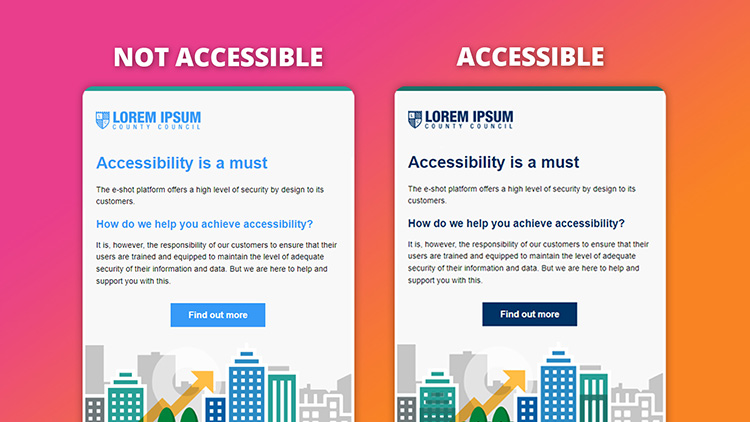
Rather than thinking about how you need to change your content for a particular group of people, a well-considered brief means you design content for everyone to begin with. Indeed some of the key design trends for this year serendipitously have benefits in terms of accessibility.
However, it is more than having the tools, you have to know what to do with them. An accessible platform is only as good as the people who are creating content. Easy to use checklists like our Email Accessibility Checklist and guidance from easily digestible articles like Making Accessibility Accessible all help change mindsets.
(We were also lucky enough to hear the communications team from Essex County Council share their journey to more accessible communications at the Public Service Communications Academy – you can read more on the insights they shared in our dedicated article.)
2. User generated content and social proof
User generated content (UGC) isn’t just for social media — one of the top email design trends we’re seeing now is that UGC is great for emails, too. In addition, given that email subscribers are 3x more likely to share content on social media than leads that came through another channel, email marketing provides a symbiotic relationship with social media, leading to more user-generated content to leverage in the future.
According to recent studies, almost 90% of customers check out reviews before buying, whereas more than 50% of them consider feedback a critical factor in their shopping decision. Like it or not, people trust reviews and personnel recommendations most of the time, making user-generated content a very important trend for 2022.
Case studies have always been a key element in the marketing armoury, but this brings customer comment to the fore, capitalising on the snippets and endorsements to build trust and inspire confidence. You could even bring email in social together to create a campaign using a # to collect positive reviews or photographs from customers that you can then promote through your email campaigns.
Essentially the message is again “What does your audience want/need to see/understand” and how best is that to be portrayed? – and often the answer is not just you telling them. By focusing outward rather than inward, you can build trust and community, whether you are a big brand or a public body.
As Kath Pay shared;
"Helpful, customer[audience]-centric and empathetic marketing will/should be on the rise. Making your emails more customer-centric and relevant to your audience is key to success and with more brands online than ever before – don’t be left behind with a brand-centric TOV and messaging."
It is also interesting to look at this in the context of the pandemic, as this has fundamentally shifted the way audiences receive and engage with your comms. Helpful marketing should outlast the pandemic.
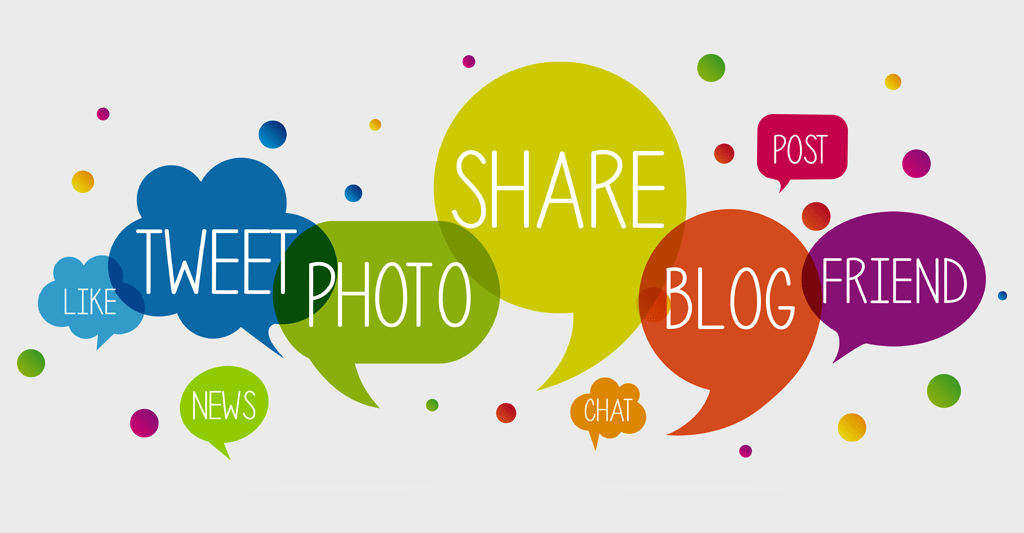
We also spoke to Jordie van Rijn, Email Monday
"A trend I have seen more of lately and that may take a leap in 2022 is User Generated Content.
In a bigger stream of social channel growth, a call for “authenticity” mixed in with cocooning at home and a healthy distrusting of brands makes the perfect ground for more “real life” content that isn’t cooked up in the laboratory we call Marketing & Communication.
Some ways to go UGC:
* Make the copy real: Real stories, Real questions and the type of language that people really use into the emails.
* Turn Q&A into education: Use the Q&A segment of an event, or FAQ customer service questions into an evergreen webinar and keep it as educational material for customers.
* More reviews: Pump up your abandoned shopping cart emails by collecting more Amazon reviews and using them in there."
For more information on this take a look at our collaborative article - From Me-me-me to UGC.
3. Mindful personalisation
Personalisation is an old and faithful topic in email design circles and the benefits of personalisation and enhanced personalisation are now mainstream considerations. But, in the world of 2022 where audience expectations are infinitely higher and the mainstream use of personalisation makes it commonplace basic personalisation is now a hygiene factor for brands.
The conversation has moved on and personalisation has started to move to a more intrinsic, fundamental realm. If personalisation contains errors, it is liable to create a more negative backlash – as getting it right is an expectation now (and fallbacks are essential when coding data variables in an effort to mitigate any absences of data).

Also, the personal connection with brands seems to be getting deeper, with individuals needing to feel their values are aligned and that this is demonstrated in communications.
We were lucky enough to be able to chat to Dela Quist of Alchemy Worx on just this topic;
“Personalisation Is Important, But Is It Enough?
Done well, using personal information to tailor messaging provides customers with more relevant content, a better experience and strengthens the bond between buyer and seller. But. When brands fail in this regard, consumers notice. As revealed in the 2021 Alchemy Worx Consumer Survey, the brand loyalty of 18% of consumers would be negatively impacted if “[Their] name or information was wrong on messages a brand sends.”
Brands need to do more than just personalise; they must demonstrate a commitment to issues that matter to their customers or run the risk of a similar negative impact. In 2022, those that target younger audiences in particular will have to demonstrate – with authenticity – their commitment to diversity and sustainability.”
Personalisation drives great results. To implement the former, we need data, like users’ geographical location, preferences, etc. And users are willing to share it with us. According to Litmus studies, 73% of users are ready to share some personal data with us so we can deliver better experiences. But they also need us to be careful with this data.
Which brings us neatly to our next point.
4. Data protection and Privacy
Data privacy has been a key factor for businesses since the early days of the internet, but modern consumers are more concerned with their privacy than ever before.
Getting precious data from subscribers will likely become even more difficult due to numerous recent scandals with privacy leakage. People are extremely cautious about sharing their sensitive personal information. As practice shows, they give up their data only in exchange for more personalised offerings. If this criterion is not met, they just leave.
Dan Hare, e-shot’s COO, reflects on these challenges;
“Data protection in 2022 is going to be just as much about technology as legislation in 2022.
A privacy-first approach is now enforced in apps and in email for most Apple devices and the increasing prevalence of secure browsing tools such as Brave and DuckDuckGo are indicative of greater awareness (read suspicion) of how some big tech companies are tracking their users.
This presents fresh challenges to communicators looking to make data-driven decisions from their marketing tools and will make it more important than ever to carry out good data hygiene practices and ensure personal data is processed with transparency and care.”
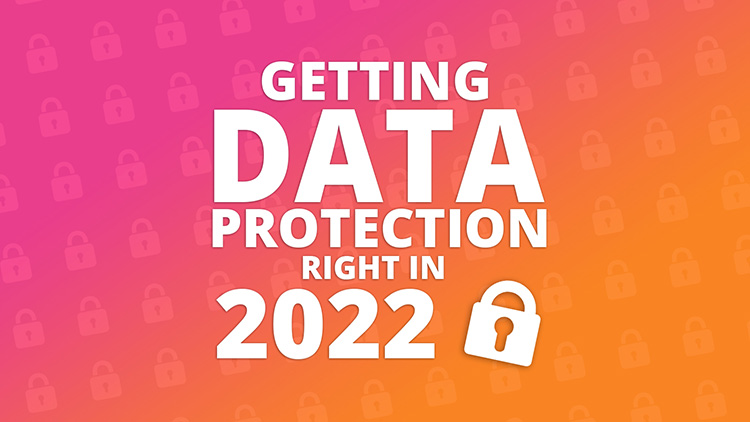
We also spoke to Jenna Tiffany, Lets Talk Strategy and member of the DMA Email Marketing Council, on this topic too,
"Privacy has always been an essential consideration for all marketing. In the last few years, we have seen many changes to international legislation and, in turn, consumers increasingly raising concerns about the privacy of their personal information. The importance of communicating the value for a new subscriber and then demonstrating that has always been there too. Furthermore, the methods in positioning the benefits that are provided for subscribing are ever more critical.
We should never forget that a person is at the end of an email address at every moment of using email marketing. Forget the tools and technology for one moment and clearly define your email marketing proposition. What does the subscriber receive, how does it add value to them, and the value of sharing their email address with you? Because while email continues to stand the test of time, your subscriber will not be there forever if you do not put them in the centre of your email marketing strategy.
When we have all experienced a tremendous amount of change due to the pandemic, now is a time to understand your audience, determine what is of value to the recipient, how you can make their lives easier and provide them with a beneficial email marketing experience."
And, what are marketers most worried about when it comes to data privacy?
For example, the loss of third-party cookies is forcing marketers to look for new, innovative ways to track users across channels. We expect businesses to rely on first-party data, contextual advertising, marketing mix modelling, and other alternatives in order to stay competitive in an evolving marketplace.
Which leads us to some newer additions that emerged in 2021 as trend-worthy for 2022.
5. New ways to measure success
Back in June, the whole email world went into panic mode when Apple announced its new privacy features for the Apple Mail app. Once again, there were talks about email being doomed and email experts everywhere engaged in a lengthy discussion about the worth of open rates as a success metric for emails.
Well, while the Apple Mail Privacy Policy proved to be less disruptive than we anticipated, the truth is that the mainstream email marketers are now embracing that “opens” are not a key metric for measuring the success of our campaigns, something we #emailgeeks have been saying for a while.
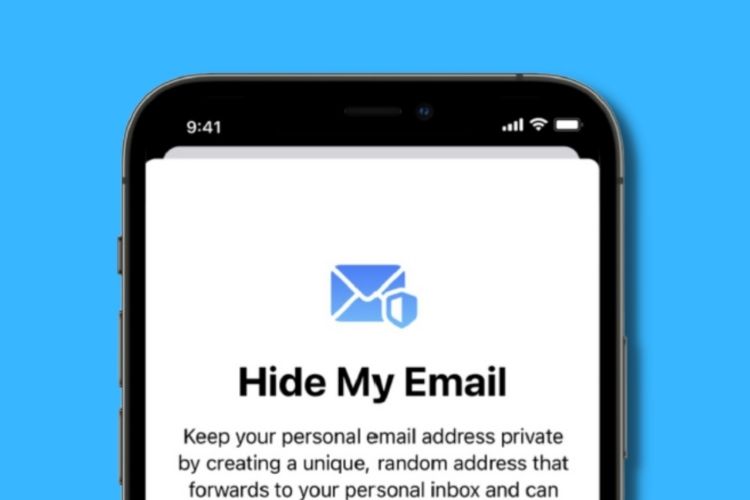
In 2022, the focus will be on more impactful metrics that allow marketers to truly identify what is and isn’t working in their email strategy. To do this, email marketers will need to clearly establish their email campaign goals. Is the goal of an email ever just to be opened? Or do we want our audience to click-through and take action?
Chad S. White, Head of Research at Oracle Marketing Consulting and author of “Email Marketing Rules” gave us his take:
“Apple’s Mail Privacy Protection is going to impact email marketing the most in 2022. Already, unadjusted open rates have been massively inflated—and there’s a way to go before open rates reach maximum inflation. For public sector organisations, MPP is a particular challenge, since many of their messages are informational in nature and are not driving conversions. At this point, organisations should pay more attention to email clicks as a positive signal and list churn as a negative signal. And for those emails where opens were used as confirmation that the content was read for compliance purposes, the cleanest and simplest adjustment is to simply move to click-based confirmation.”
For more trends and challenges specifically affecting the public sector, take a look at our dedicated article.
6. Larger BIMI adoption across brands
The inbox has become a muddy battlefield where brands sometimes struggle to come out victorious amid worthless emails, spam, and phishing attempts. It isn’t pretty.
BIMI helps prevent email spoofing and increases email engagement by displaying a logo next to a brand’s email in the inbox, letting users know the email comes from a legitimate source.
And while BIMI has been around for years, it wasn’t until 2021 that it received the final seal of approval for email developments: Gmail support. Earlier this year, after a year-long pilot program, Google announced it would officially support BIMI logos, which should make the protocol much more interesting to brands.
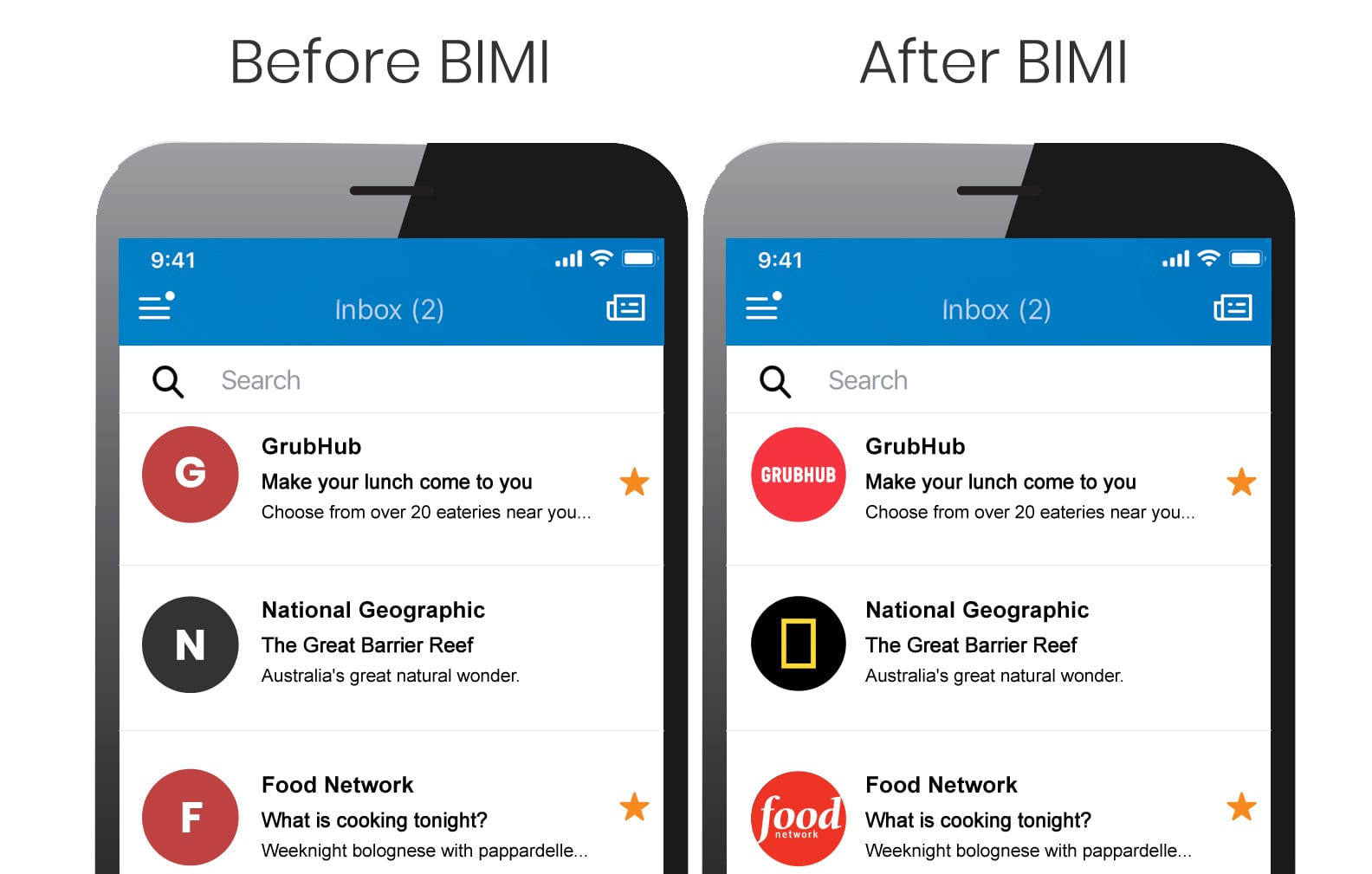
If you want to know more about BIMI take a look at our latest guide.
7. Interactivity in email, including micro-interactions
Action-oriented design and the quest for engagement will always be high priority.
Combining responsiveness with interactivity challenges even the most advanced email marketer. In the past, interactivity was designed to entertain the recipient. In 2022 and beyond, it will be used in more functional ways, promoting engagement and preventing your audience from leaving the emails.
Two years ago, it was only recommended to use more interactivity to enrich user experience because email readers were not ready to handle this active part. Today the situation has changed dramatically. First, support for interactive features has improved in the upgraded versions of iOS, AppleMail, and Android clients and Google has popularised AMP, (despite AMP email having minimal take up, so far).
What’s more, recent studies show that more and more users expect entertaining components like animated gifs, dynamic effects, quizzes, sliders, galleries, events that trigger some actions, and even small games in their emails. For the time being, according to Litmus statistics, 91% of subscribers expect interactive content, but only 17% of companies satisfy this craving.

It is not just about gamification, there are practical applications for example you could use interactive features to improve accessibility ie you could allow your subscribers to set typography size or adjust design mode options (choose a light mode or dark mode). The possibilities are numerous.
We talk more about this topic in our 5 design trends to inspire your email comms (2022 edition) article as well.
Summary
Email marketing changes dramatically every year due to influence from emerging technologies, evolving regulations and a variety of other factors. In order to stay ahead of the competition, you’ll need to remain at the forefront of the latest email marketing trends and adjust your plans accordingly.
Dave Chaffey, author of Digital Marketing: Strategy, Implementation and Practice and co-founder of Digital Marketing education platform Smart Insights shared his thoughts, which sums everything up quite succinctly.
"Multiple research shows that people's attitude to life and work have changed during the pandemic, so email communications should reflect this. Accenture Strategy’s recent global survey of 25,000 consumers in 22 countries found that 50% of consumers say that the pandemic caused them to rethink their personal purpose and re-evaluate what’s important to them in life.
42% say the pandemic made them realise they need to focus on others more than themselves. They want brands to communicate their approach to factors such as health and safety; service and personal care; ease and convenience; product origin, trust and reputation.
As a key channel to communicate with consumers, email has a crucial role in demonstrating brand purpose and value, particularly through welcome emails and regular newsletters. There is a risk that if email activities focus exclusively on product and discounts and aren’t aligned with the right type of brand values, they won’t deliver brand relevance and ongoing engagement.”
Don’t forget that email marketing changes and evolves, much like the desires and preferences of users. What worked yesterday may not work tomorrow, and following trends helps you keep up with these fluctuations in the market. Keep pace with rapid changes, capitalise on new technologies to upgrade what is working, and invest in solutions that will work tomorrow.
P.S. We have also looked at the world of graphic design and how these trends could also influence email – take a look at 5 design trends to inspire your email comms (2022 edition)
Solutions
Email marketing healthcheck
We are confident that we can help you, which is why we offer a free healthcheck to identify potential issues with your current programme and free advice on things that could be done to improve it.
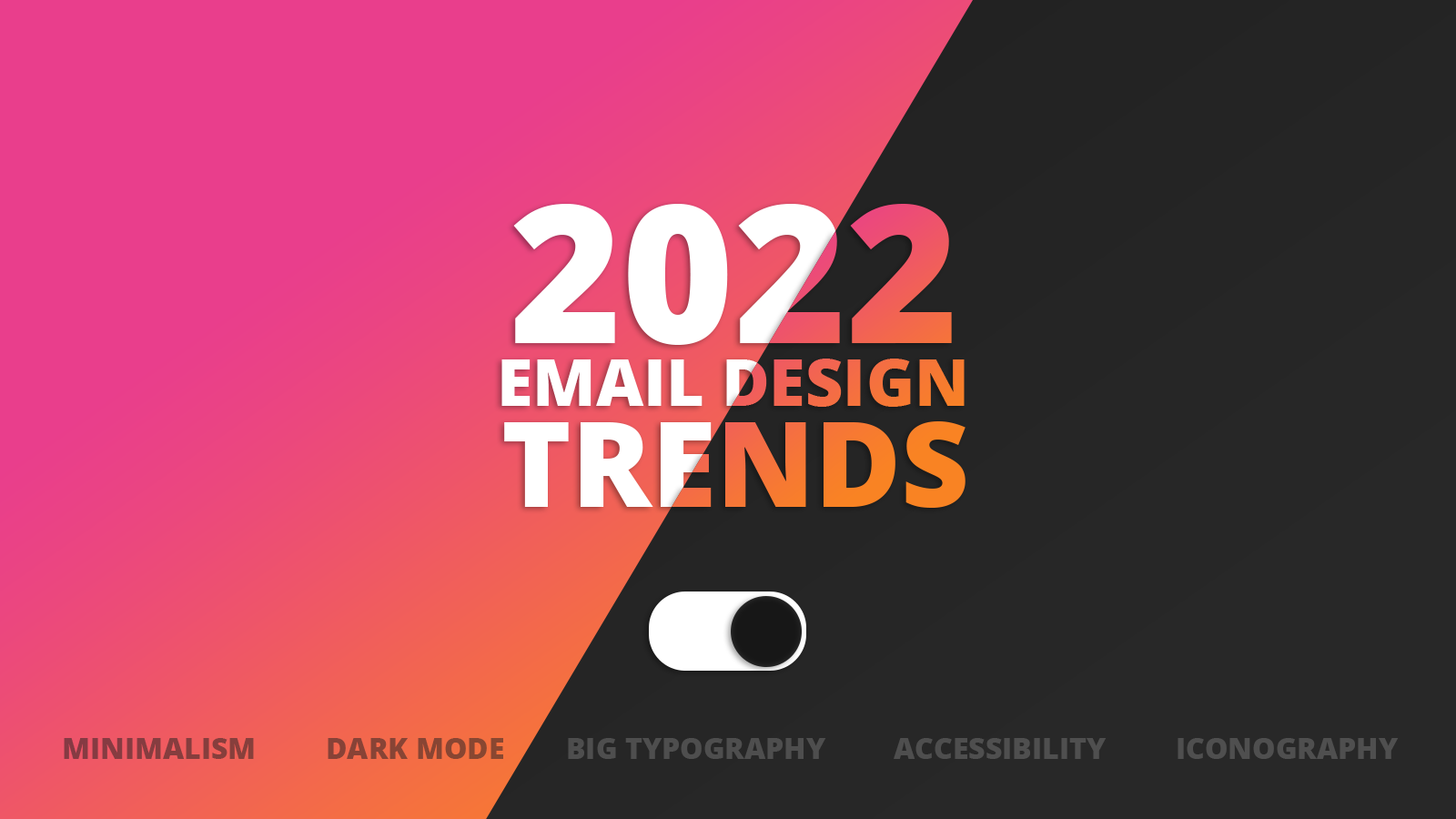

.jpg)